|
I've got mixed feelings about this sort of mildish winter we're having... for the most part it's been chilly, gray and wet here in the Hudson Valley. On the one hand it's a bit alarming, but after the last two years, I'll take it. And gardenwise, there are some plants that are truly reveling in the lack of snow and ice and the less-than-polar temperatures. My Hellebores keep trying to bloom, showing buds already, the Primula foliage is still fresh and juicy, and the leaves on my Magnolia virginianas are glossy, gorgeous and unmarred by the searing winds we've usually experienced by mid-January. So far, that is... Another group of plants that look particularly cheerful not to be buried in snow are all the smaller Sedums that not only stay (mostly) evergreen through the winter, but take on even more interesting tints in the colder months. I have a real weakness for these little creeping plants and use them wherever I can find a place: between stones, as edgers, in containers and as mini-groundcovers under larger perennials and shrubs. There are dozens from which to choose, and I keep increasing our offerings at Pondside because our customers seem to love them as much as I do... and why not? Growing them won't impress a card-carrying member of the North American Rock Garden Society, but they're a wonderful group of plants for beginning gardeners to succeed with, being quick to establish, fast growing, easy to propagate, versatile and extremely forgiving. Here then, some of my favorites... Sedum rupestre 'Blue Spruce' Probably the first Sedum I ever bought, many years ago, and I still have descendants of the same plant in my garden today. I love the spiky glaucous foliage, indeed reminiscent of a coniferous evergreen, but also suggesting something from beneath the sea. It produces stalky yellow blooms in June that are to my eye somewhat incongruous, so I usually cut them off. That is, if I have the time. In June. Which come to think of it, hasn't happened lately. Sedum rupestre 'Angelina' 'Blue Spruce's more glamorous cousin, and extremely vigorous. Makes a good edging plant and looks beautiful spilling over a wall or the edge of a container. She colors up orangey-bronze in the cooler months but in the summer stays a nice refreshing lime green. Super easy to increase your stock by sticking two-inch long cuttings into the ground wherever they're needed. Ubiquitous, but I wouldn't garden without her. Sedum spurium 'John Creech' The spurium group contains several excellent groundcovering Sedums, and 'John Creech' is one of the best. He makes a tight, weed-suppressing mat in full sun or light shade, with clean, lettuce green foliage topped by clear pink flowers late in the season. Apparently John Creech was a former director of the U. S. National Arboretum, who first imported this plant from the Central Siberian Botanic Garden in 1971... so you know it's tough! Sedum spurium 'Tricolor' Vive la France! (or for all you France-haters out there, just call it Freedom Sedum) Dainty leaves edged in white and tinted pink belie its remarkable ability to spread... as much as a foot in one season in rich soil... making it a prime small-scale groundcover. That said, it's easy to rip out where it's not wanted, so it should never become a problem. The rose-pink flowers and ruby stems complement the foliage tints perfectly... pretty as a Parisienne! Sedum spurium 'Voodoo' Another spurium type, this one with deep mahogany red foliage that's stunning paired with 'Angelina' or other chartreuse plants. Similar to 'Dragon's Blood', which has been around forever and a day, but with deeper and more consistent color. The pink flowers in late summer are ok but with foliage like this, who cares. Sedum kamtschaticum 'Weihenstephaner Gold' This is a super workhorse Sedum, always attractive and healthy looking in spite of less than ideal conditions. Serrated rosettes of glossy deep green turn bronze in winter and quickly form a tight, weed-resistant carpet in full sun or part shade. In summer it covers itself with attractive canary yellow flowers that age through shades of copper and bronze to pale tan. Large plantings can even be mown to remove the spent flowers. Easy, useful, reliable. Sedum album 'Athoum' If pink or yellow flowers don't suit, there are Sedum album varieties with... yes, you guessed it... white flowers! 'Athoum' is one of them that's commonly used nowadays on green roofs, and I've planted a patch at the front of one of my beds (above) where it holds its own respectably as an edger. The little jellybean leaves have a high cute factor up close, and they blush shades of pinky-purple in winter. Spreads easily as pieces break off and root, but never alarmingly so. Sedum hispanicum The Spanish Stonecrop is a lovely, delicate thing that can vary in its coloring but is always some version of gray-green, shading towards blue, pink or purple. References say it can be used as a groundcover (maybe in California!) but I've always had better luck keeping it through our harsh winters in a trough or planter. Supposedly it has white flowers but I can't remember mine ever blooming though I've grown it for twenty years. It's really beautiful paired with some of the tiniest creeping Thymes like 'Elfin'. Sedum acre 'Aureum' Fine textured but tough as a boot, and perfect for filling crevices in stonework or edging a sunny retaining wall. Another plant I bought once, or maybe I was given a piece, years ago. Now I have big patches that mingle nicely with several other creeping Sedums and provide a tidy carpet through which my tiny early bulbs emerge. New growth is bright yellow flowers that disappear without deadheading... then fresh green foliage for the remainder of the season. Sedum rubrotinctum 'Mini Me' The tiniest creeper I grow, with pinhead sized leaves on threadlike stems. The texture is as fine as moss, but unlike moss, this Sedum relishes full sun and dry conditions. Because it's so small it takes some time to fill in, but will eventually form a thick mat and even sometimes trails out over flat stones and attaches itself to them. Green in summer, turning reddish in fall, winter and early spring. Perfect underplanting for a larger succulent houseplant, too. Lots of people have rock outcroppings on their property, but few of them are as creatively planted as this one at Pondside owner Jake Watt's house. Facing southwest and forming one wall of his pool enclosure, the ledge has been planted with a variety of creeping Sedums that blend beautifully with native mosses and lichens. Since these photos were taken, Jake has replaced the lawn with a carpet of Sedum as well. Not for nothing are Sedums called "Stonecrops"... their draping and billowing textures provide the perfect foil for stone whether it be vertical or horizontal, as in this roof garden. Mixing several compatible varieties together in a tapestry planting is easy and very pretty. Use no less than three and no more than five different kinds that have similar scale and vigor. For a unique container display, use the smallest Sedums as a lush lawn underneath dwarf evergreens, as did garden designer Chris Locashio here. At Pondside we like to group the smaller Sedums with Creeping Thymes, Sempervivums, the smallest Alliums, Campanulas and Veronicas... any combination we think will inspire you! There are many more kinds of Sedums and many more ways to use them, but I hope I've whet your appetite, given you some ideas and increased your appreciation for this group of easy and rewarding little plants.
0 Comments
|
Welcome to Sempervivum, an opinionated, sometimes informed and completely unqualified journal of gardens, plants and plantings by artist-gardener Robert Clyde Anderson. Archives
October 2021
Categories
|
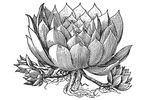
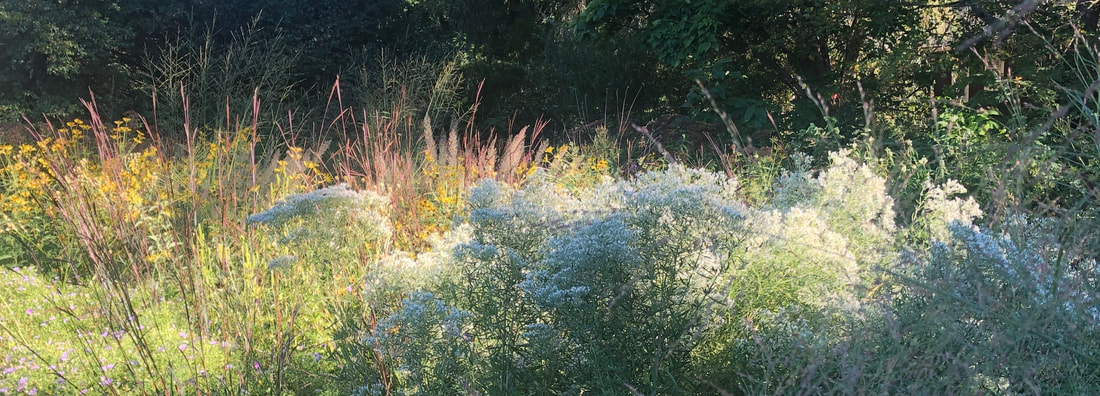
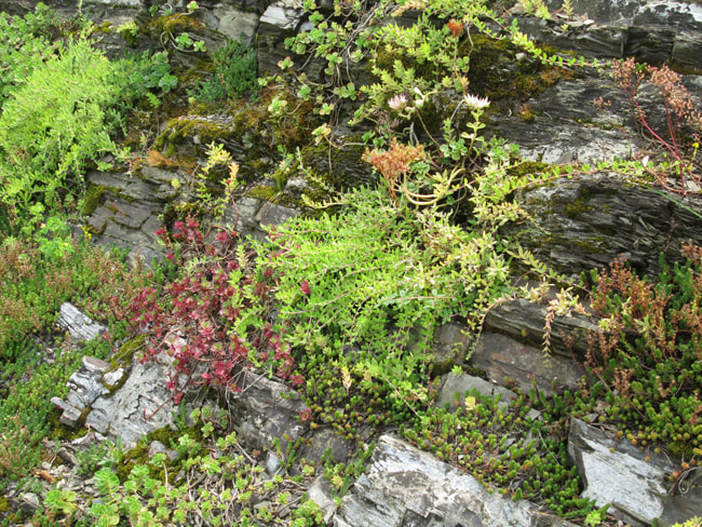
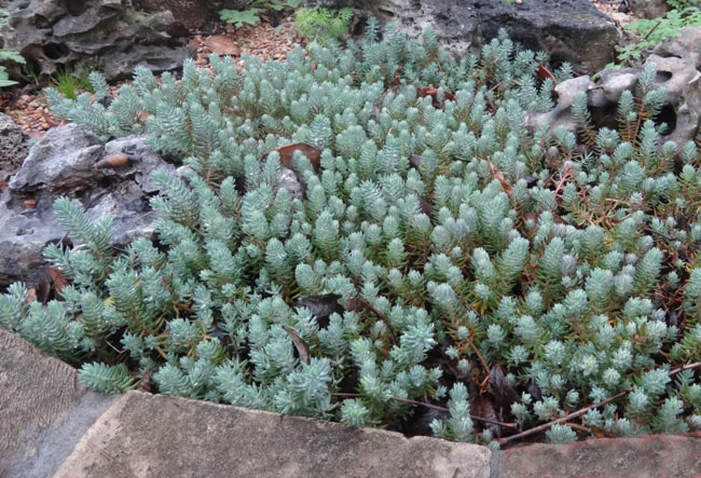
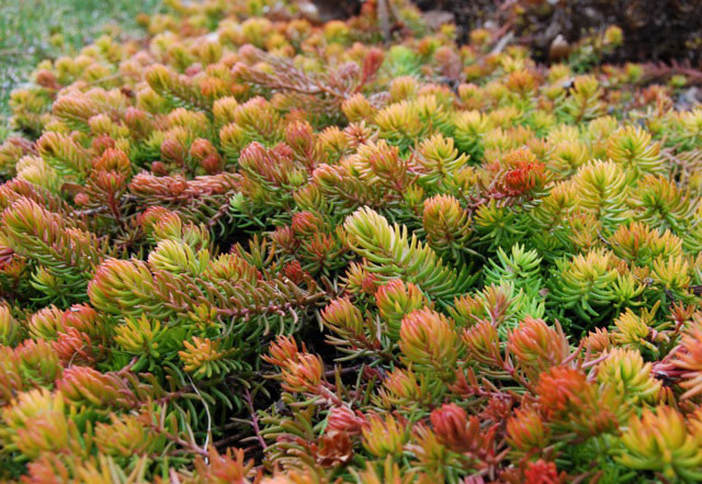
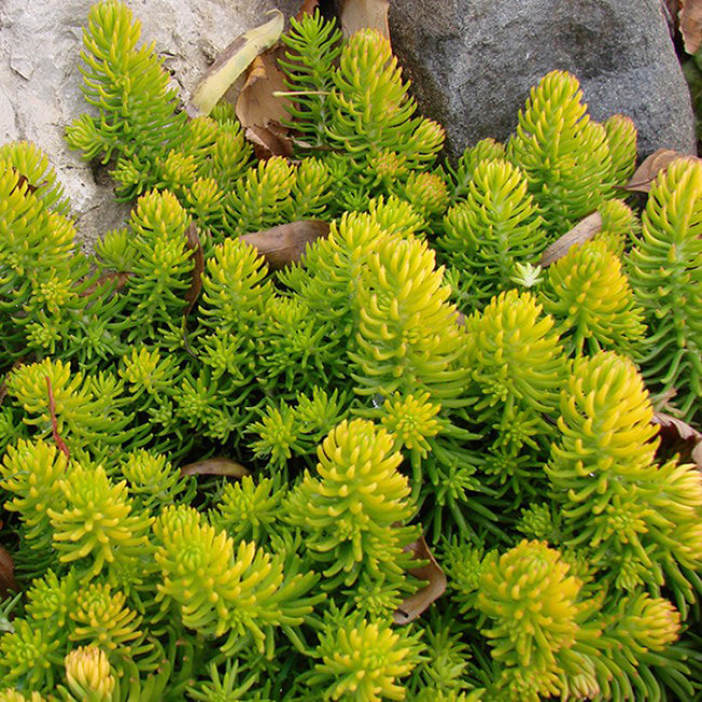
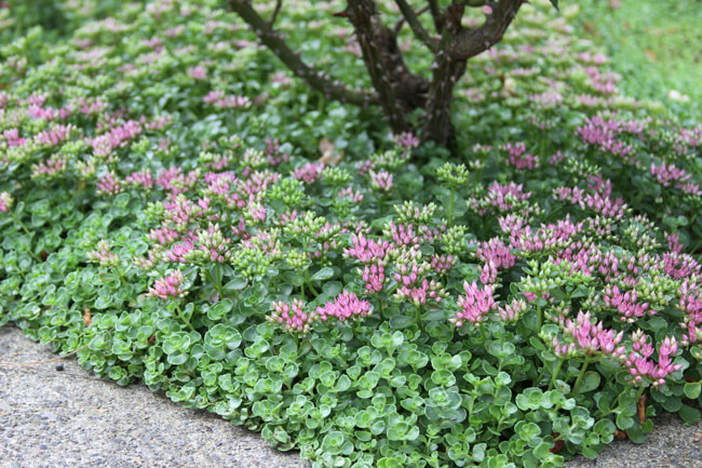
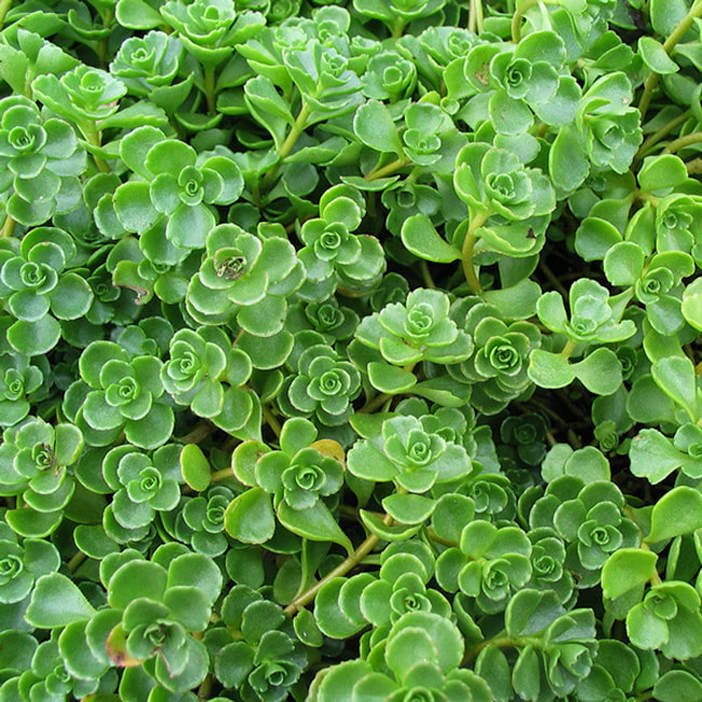
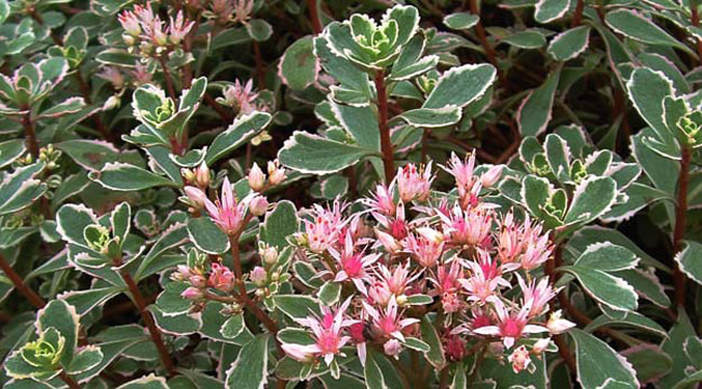
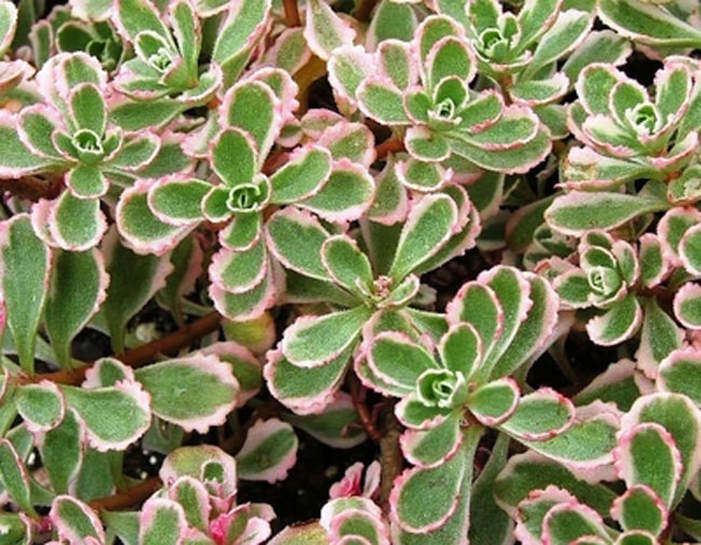
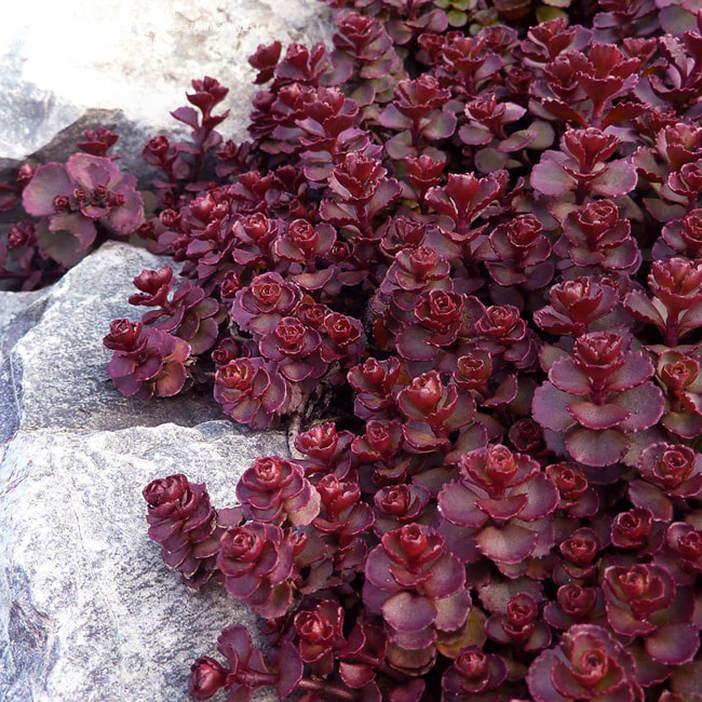
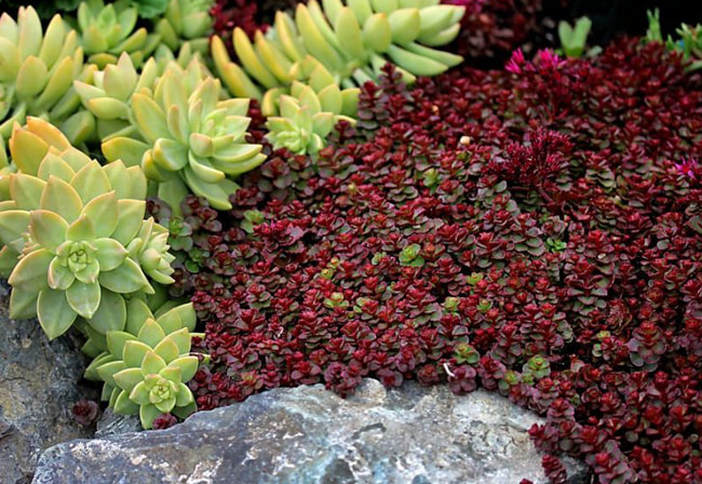
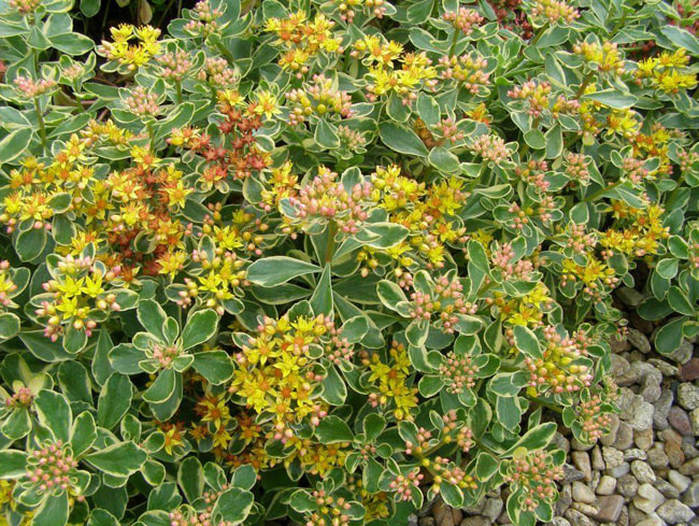
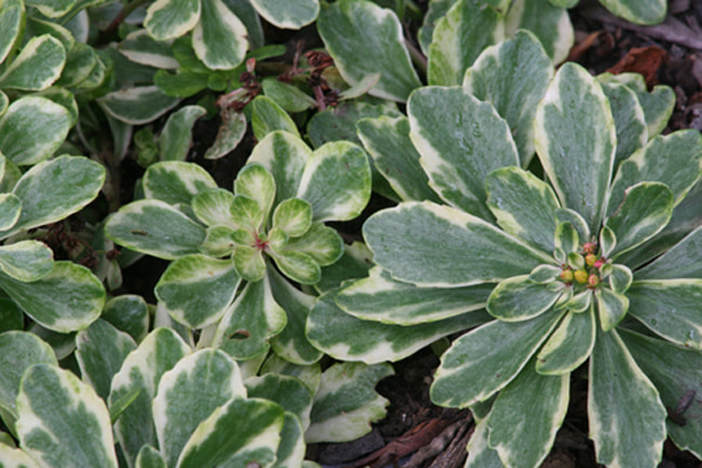
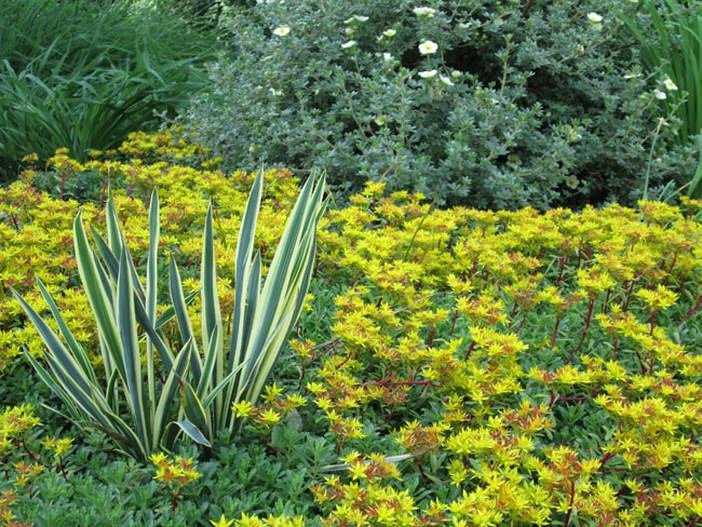
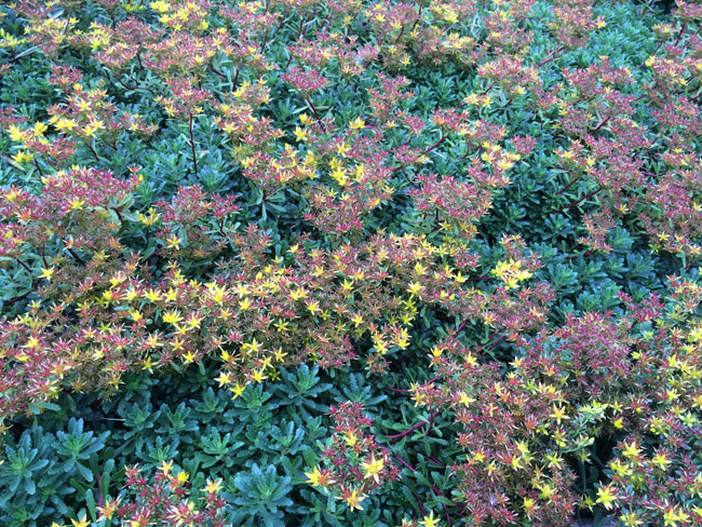
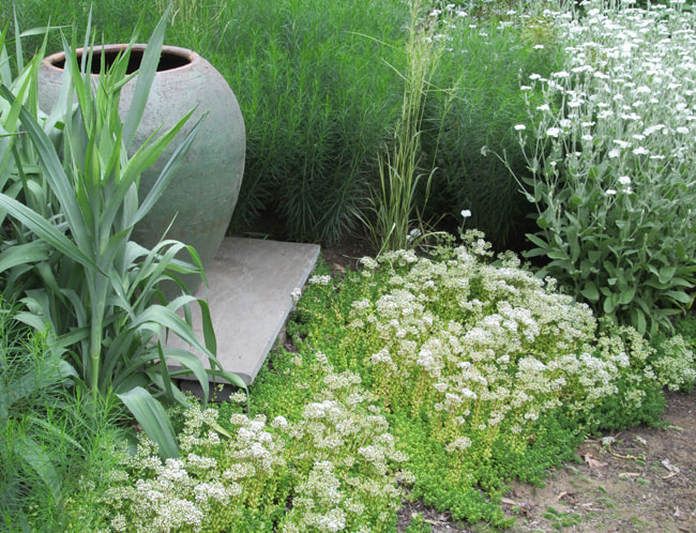
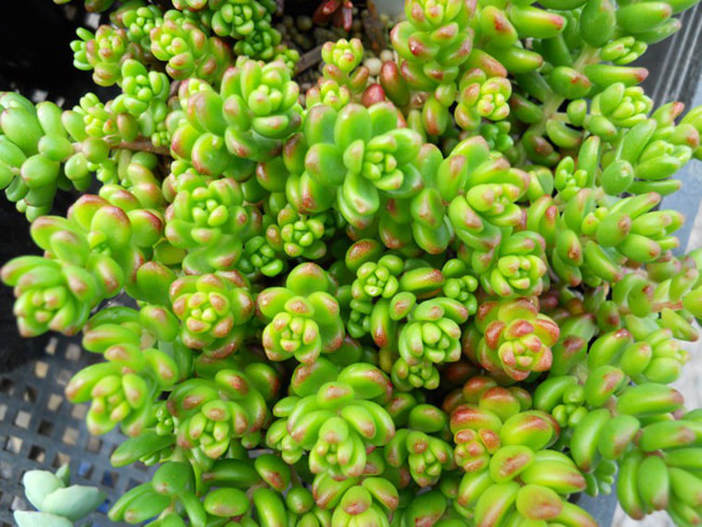
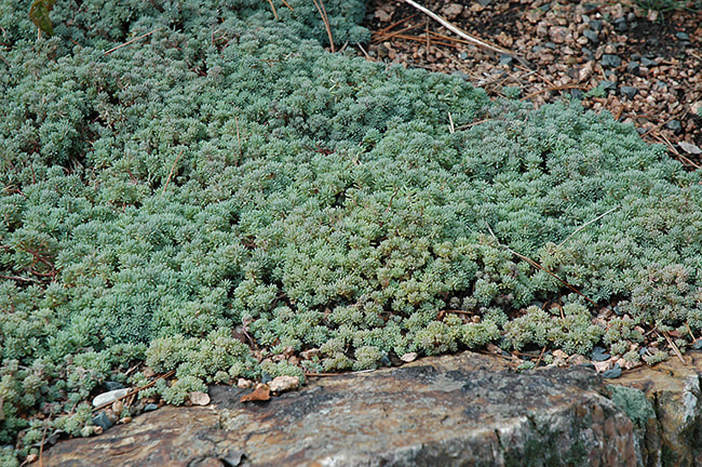
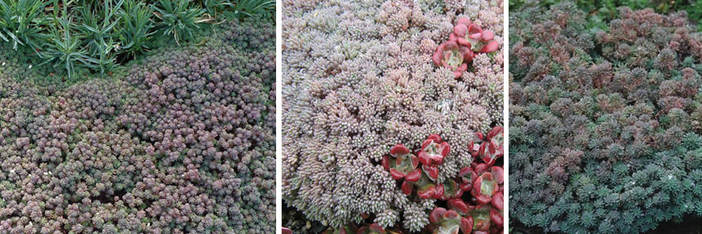
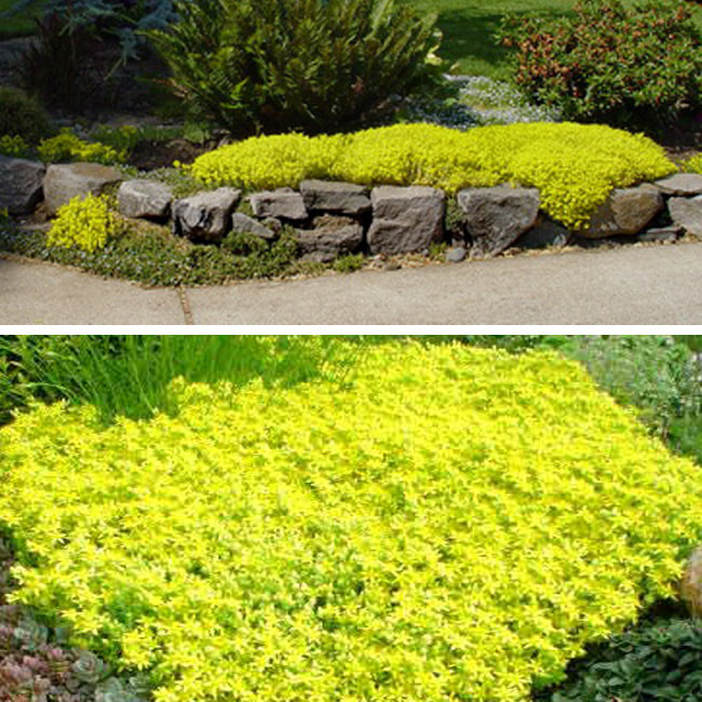
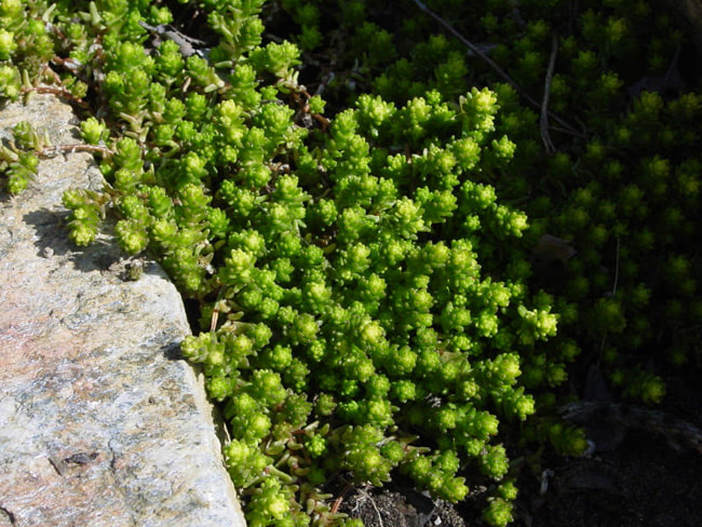
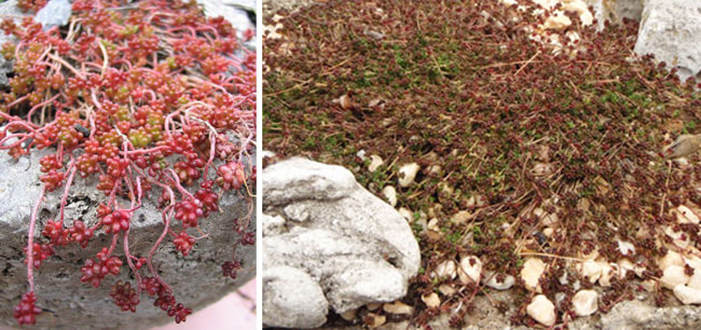
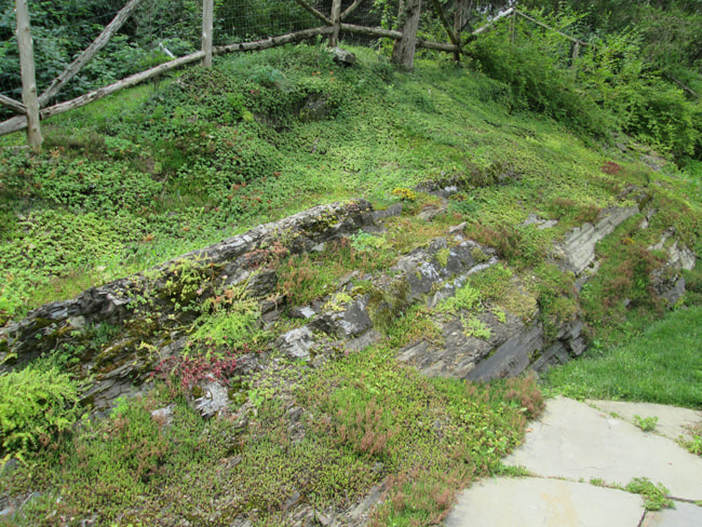
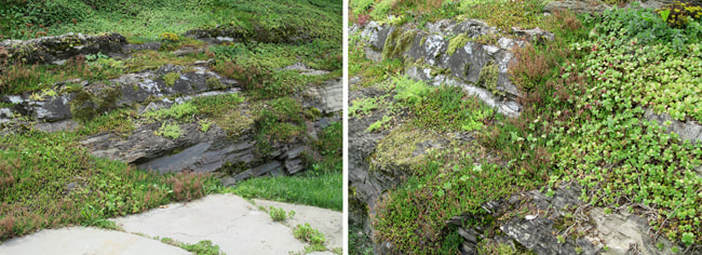
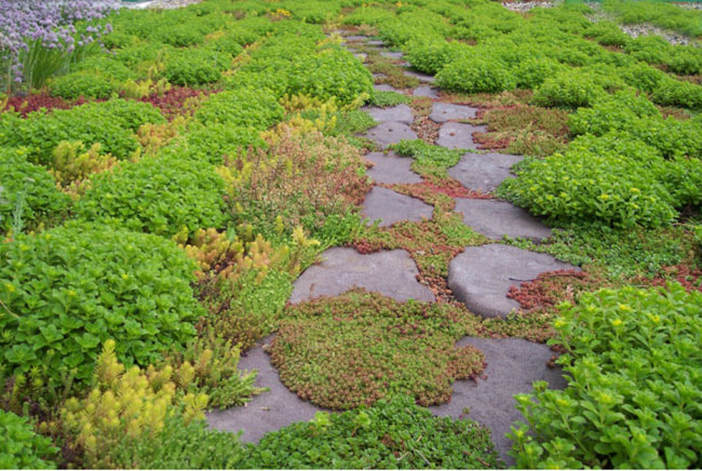
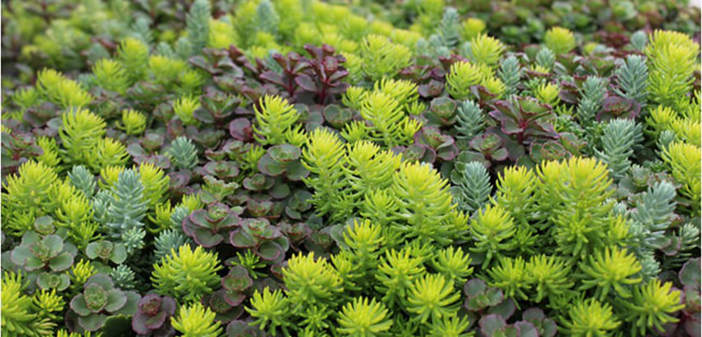
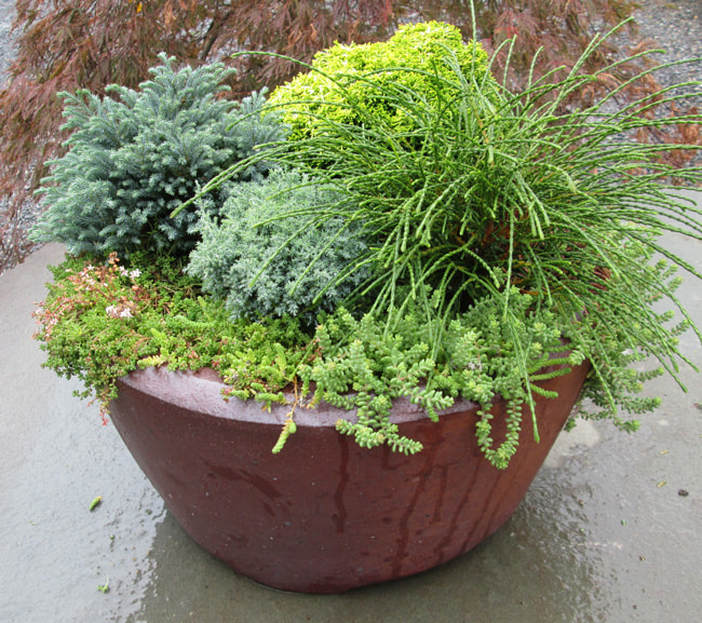
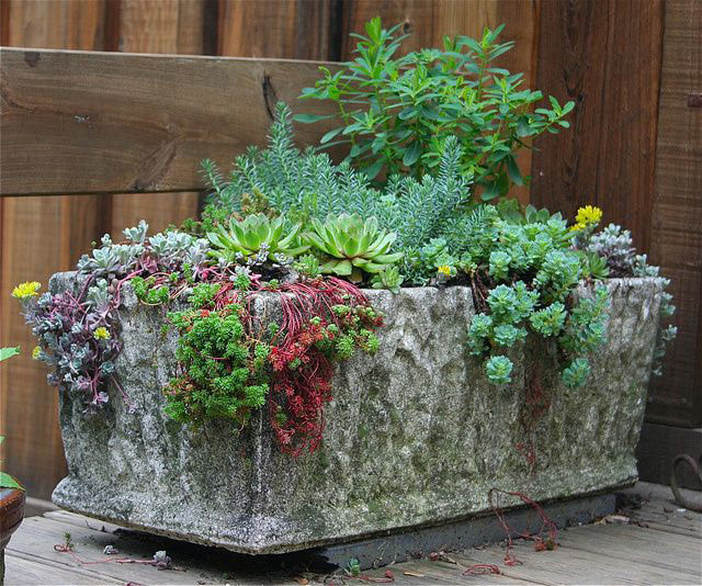
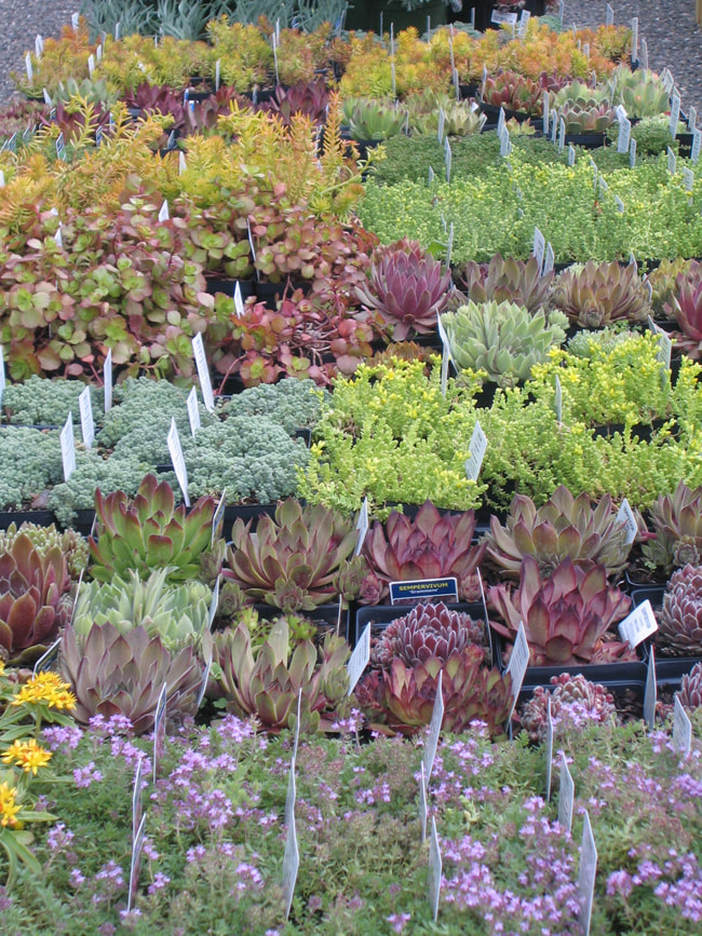
 RSS Feed
RSS Feed